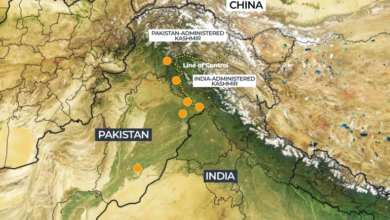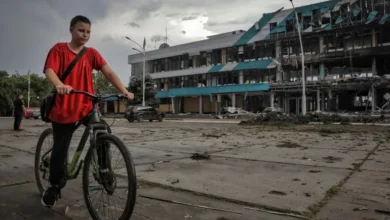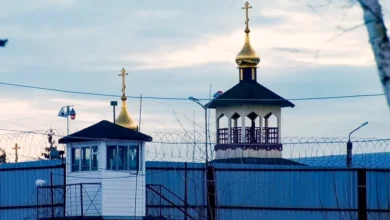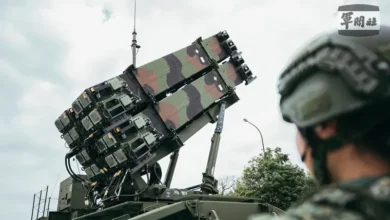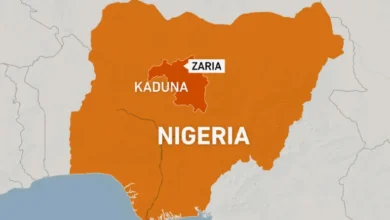Runway design may have cost lives in South Korean air disaster, experts say
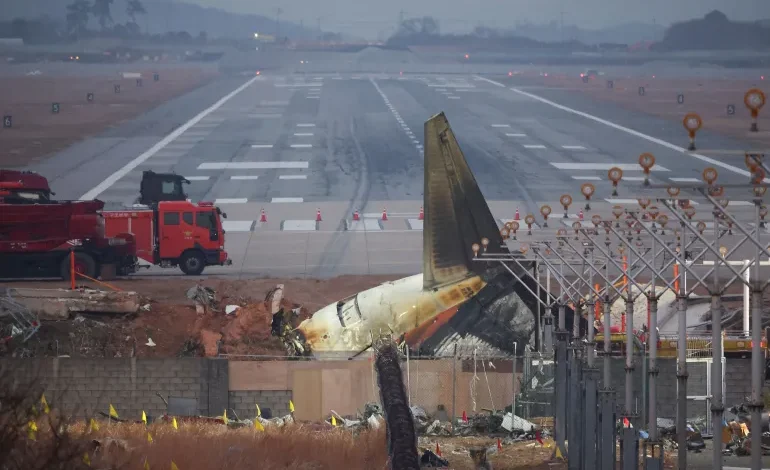
As the investigation into the deadly crash of Jeju Air Flight 2216 stretches into its third day, aviation experts are raising questions about what role a concrete structure at the end of the runway at South Korea’s Muan International Airport may have played in the accident, among other factors.
The Boeing 737-800 slammed into a concrete embankment and burst into flames after being forced to make an emergency landing on Sunday morning, killing 179 of 181 people on board in the deadliest-ever plane crash on South Korean soil.
The pilot had reported a bird strike to air traffic control moments before the aircraft belly-flopped on the runway after failing to deploy its landing gear and overshooting the landing zone.
South Korean authorities have said that the concrete embankment, which housed a localiser antenna to help pilots maintain the correct approach path, had been built according to regulations and was similar to other structures at airports around the world.
However, some aviation experts have questioned the choice and placement of the structure, suggesting that the disaster may have been avoidable with better airport design.
Najmedin Meshkati, a professor in civil engineering at the University of Southern California, said the use of concrete rather than a metal tower or pylon installation was “unusual” and may have contributed to the high number of fatalities.
“This rigid structure proved catastrophic when the skidding aircraft made an impact,” Meshkati told Al Jazeera.
“Undoubtedly, had the aircraft instead encountered the airport wall, which would have provided less resistance, the survival rate might have been higher.”
Hassan Shahidi, president and CEO of the Flight Safety Foundation, said that while he would not speculate on whether the embankment was badly designed or positioned, structures at the end of runways should be built to break easily in the event of collision under International Civil Aviation Organization guidelines.
“The standards also define the proximity of such structures near runway ends. The investigators will examine the concrete structure at the end of the runway to determine if it complied with these standards, including its placement and proximity to the end of the runway,” Shahidi told Al Jazeera.
South Korean officials have said the structure was 250 metres from the end of the runway, closer than the best practice standard of 300 metres, according to John Cox, a former 737 pilot who runs aviation consultancy Safety Operating Systems.
Experts also questioned whether the runway had an adequate overrun area or, as in the case of other airports with limited space, should have implemented an “engineered material arresting system” – also known as “EMAS” – capable of slowing down or stopping an aircraft with excessive momentum.
Dane Williams, director of the consultancy Aviation Safety Asia, said that some advanced airports have areas after the runway that use sand, gravel or another slowing substance to reduce an aircraft’s speed and avoid a forceful impact.
“In more developed countries, such mitigation is put on the end of runways where plausible, where appropriate, and where economically viable,” Williams told Al Jazeera.
“It is also understandable, though, that if a large lake, river or other geophysical location such as a valley is at the end of the runway, then a physical concrete barrier may be appropriate.”

